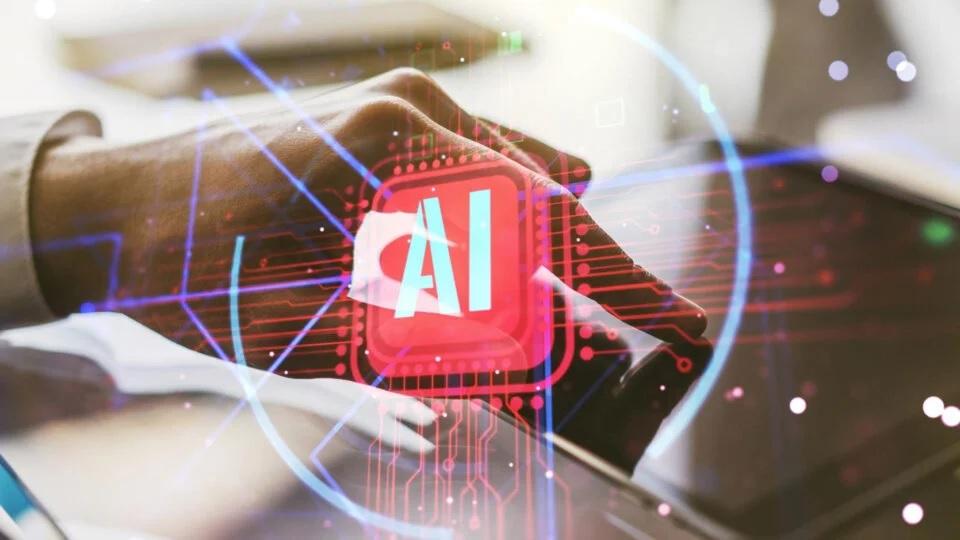Why Graph RAG Is the Future: Breaking Down Its Mechanics

Generative AI – a technology wonder of modern times – has revolutionized our ability to create and innovate. It also promises to have a profound impact on every facet of our lives. Beyond the seemingly magical powers of ChatGPT, Bard, MidJourney, and others, the emergence of what’s known as RAG (Retrieval Augmented Generation) has opened the possibility of augmenting Large Language Models (LLMs) with domain-specific enterprise data and knowledge.
RAG and its many variants have emerged as a pivotal technique in the realm of applied generative AI, improving LLM reliability and trustworthiness. Most recently, a technique known as Graph RAG has been getting a lot of attention, as it allows generative AI models to be combined with knowledge graphs to provide context for more accurate outputs. But what are its components and can it live up to the hype?
What is Graph RAG and What’s All the Fuss About?
According to Gartner, Graph RAG is a technique to improve the accuracy, reliability and explainability of retrieval-augmented generation (RAG) systems. The approach uses knowledge graphs (KGs) to improve the recall and precision of retrieval, either directly by pulling facts from a KG or indirectly by optimizing other retrieval methods. The added context refines the search space of results, eliminating irrelevant information.
Graph RAG enhances traditional RAG by integrating KGs to retrieve information and, using ontologies and taxonomies, builds context around entities involved in the user query. This approach leverages the structured nature of graphs to organize data as nodes and relationships, enabling efficient and accurate retrieval of relevant information to LLMs for generating responses.
KGs, which are a collection of interlinked descriptions of concepts, entities, relationships, and events, put data in context via linking and semantic metadata and provide a framework for data integration, unification, analytics and sharing. Here, they act as the source of structured, domain-specific context and information, enabling a nuanced understanding and retrieval of interconnected, heterogeneous information. This enhances the context and depth of the retrieved information, which results in accurate and relevant responses to user queries. This is especially true for complex domain-specific topics that require a deeper, holistic understanding of summarized semantic concepts over large data collections.
To Know More, Read Full Article @ https://ai-techpark.com/graph-rags-precision-advantage/
Related Articles -
AI-Powered Wearables in Healthcare sector
celebrating women's contribution to the IT industry
Trending Category - Clinical Intelligence/Clinical Efficiency
- Auto, moto
- Catering
- Leisure, entertainment
- Animals
- Beauty, health
- Education, tutors
- Sports and coaches
- Construction and repair
- Products and stores
- Tourism and recreation
- Finance and Insurance
- Literature
- Music
- History
- Politics
- Religion
- Art
- Movie
- Theater
- Wellness
- Accessories
- Business
- Various


